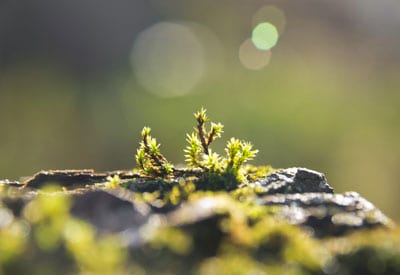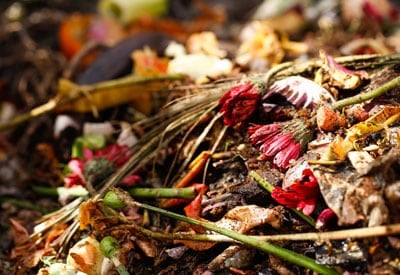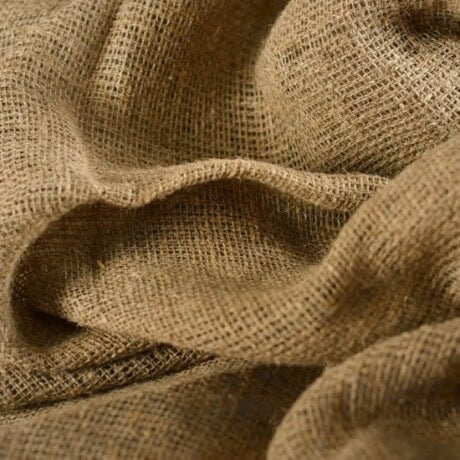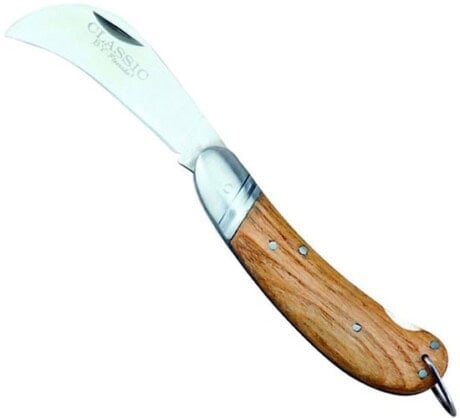Crown Gall
Many woody plants and shrubs are affected by crown gall disease. Here’s how to control it using proven, organic and natural techniques.
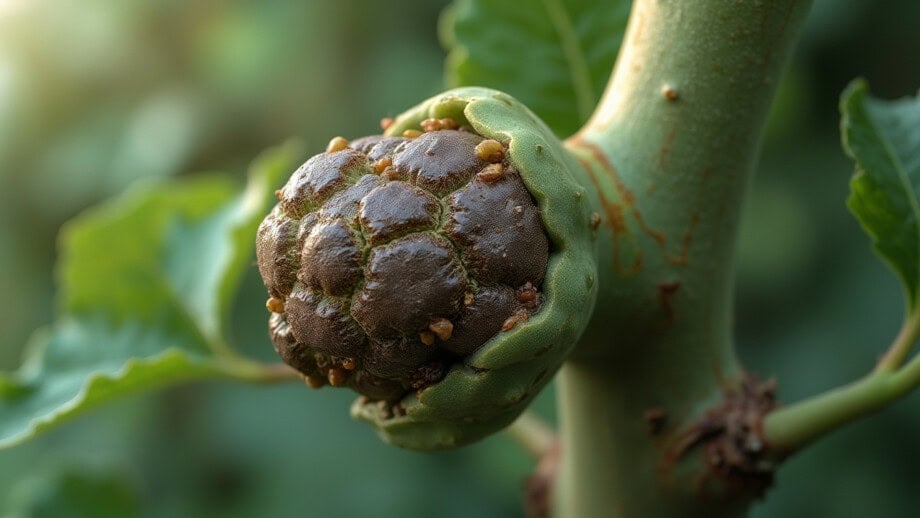
Crown gall is a common plant disease caused by the soil-borne bacterium Agrobacterium tumefaciens. It is found throughout the world and occurs on woody shrubs and herbaceous plants including grapes, raspberries, blackberries and roses.
Crown gall symptoms include round, wart-like growths — 2 inches or larger in diameter — that appear at or just above the soil line, or on lower branches and stems. Plants with several galls may be unable to move water and nutrients up the trunk and become weakened, stunted and unproductive. Young plants can be killed by developing gall tissue.
The bacteria responsible for crown gall can persist in the soil for many years and are released when galls become saturated with moisture or as older galls decompose. Susceptible plants are infected through fresh wounds or abrasions, many of which are a result of pruning, freeze injury, soil insects, cultivation and other factors that may damage plants. Nursery stock is often infected through grafting and budding scars.
Treatment
- Select resistant cultivars when possible and purchase plants from a reputable nursery.
- Do not buy plants that shows signs of swelling or galling.
- When caring for susceptible plants, avoid injury or pruning wounds that may come in contact with the soil.
- Use Tree Wrap to protect against string trimmer damage and keep your garden tools clean.
- Provide winter protection with natural burlap so bark does not crack.
- In many cases, existing galls can be removed with a sharp pruning knife. Destroy the infected plant tissue and treat the wound with pruning sealer. If the plant does not recover, remove and destroy it.
Tip: To get rid of this problem on roses, remove the infested plant and prune out gall tissue. Soak the entire root system and damaged areas for 15 minutes in a solution of 2 level Tbsp of Actinovate per 2-1/2 gallons of water. Replant in healthy soil and apply 1/2 Tbsp per 2-1/2 gallons of water as a foliar spray at weekly intervals.


